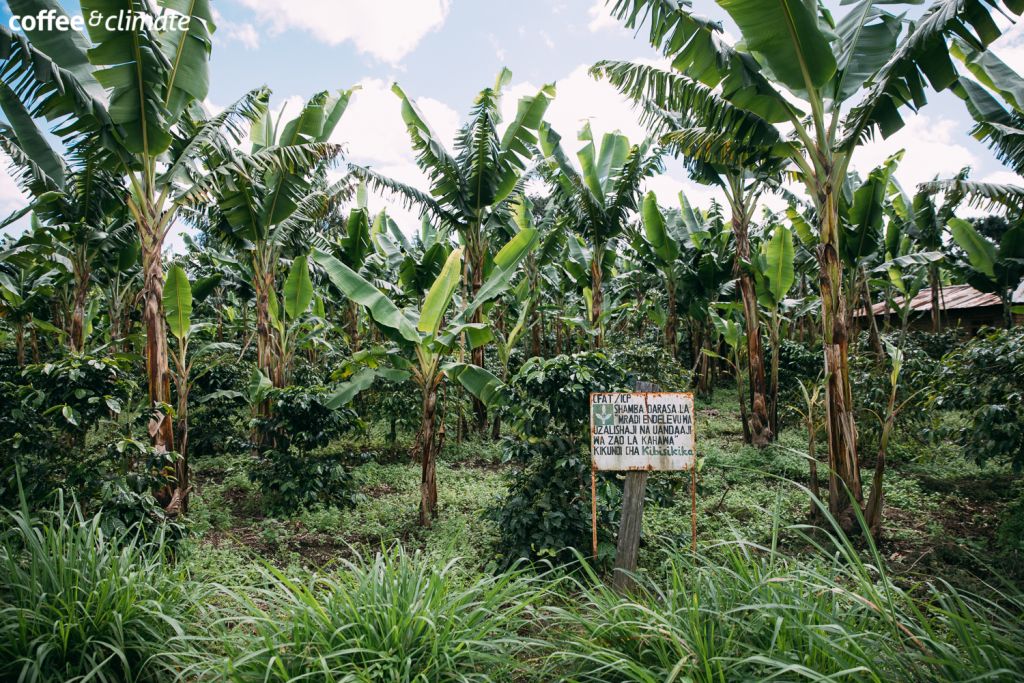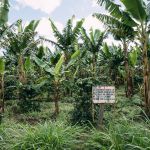Shade Management
Shade tree management helps protect the coffee plant from excessive heat and reduces its exposure to direct sunshine. Moreover, shade trees can act as windbreaks and also contribute to soil fertility. However, there are also downsides that need to be considered in any management plan.

Concept
Proper shade tree management helps protect the coffee plant from excessive heat and reduces its exposure to direct sunshine. In addition, shade trees can act as windbreaks and also contribute to soil fertility by providing organic matter and nutrients from falling leaves. More shade may also help to reduce the aggressiveness of some weeds. However, shade management is not just about planting shade trees, but about proper spacing and choosing the right species that will not compete for nutrients, water and light with the coffee plants.
Drawbacks
- Shade trees take a long time to grow and show visible effects only after at least 5 years. If climatic conditions are extreme, shade trees may struggle to grow quickly enough to satisfy the needs of farmers.
- Although shade trees shed leaves that eventually break down to improve soil organic matter, this process can be very slow and may not be the best way to improve soil in the short to medium term.
- Choosing the right species needs to take into consideration additional benefits (e.g. fruits, timber) and risks – e.g. some shade species may compete too much for soil water and nutrients and others may harbour diseases transmissible to coffee such as Xyllela fastidiosa.
- Recommended spacing of shade trees needs to be taken into account.
- Although shade can protect coffee in hot and dry conditions, when there is prolonged wet and cloudy weather, disease (e.g. rust, American leaf spot) incidence(s) can increase. Shade however can also reduce pests such as stem borer.
- Shade will tend to reduce flowering – this can be good because of the risks of over-bearing, but too much shade may lead to lower yields.
Costs
- Low to moderate.
Recommended Activities
- The ideal shade tree species will vary greatly from one area to another so look at successful use of shade in the coffee zone in question and talk to veteran farmers about their experiences with different shade trees, including species, spacing, set-up and maintenance costs.
- Decide what aspects of climate the coffee plot in question needs most protection from: e.g. is it high temperatures, or is it more complex than that?
- Gather as much data as possible about the characteristics of available shade tree species – are they useful for the purpose identified? Classify them according to functional type and use:
- Are the species evergreen or deciduous? E.g. a favorite tree in Uganda is Albizia coriaria, but it is deciduous so may not be useful for a specific locality?
- Are they leguminous? Legume shade helps to maintain soil fertility and hence reduce competition between trees and coffee.
- What other uses are required? Food, fodder, timber etc.
- What are the disadvantages of each species – no shade tree is perfect for all eventualities, so are the demerits manageable?
- Decide how to introduce required shade species to the farm. Precaution needs to be taken to ensure that no pests or diseases are introduced along with the trees. Hence treated seeds are preferable, or saplings that have been grown by a responsible nursery so that disease-carrying soil is not accidentally introduced. Temporary shade: large shade trees take many years to grow, so a quick-growing temporary bush such as Cajanus cajan, Crotalaria sp or a fast-growing tree such as Leucaena leucocephala might be considered.
Further Activities
- In Central America, it’s important to adjust the shade management to regional climate patterns , e.g. El Niño/La Niña.
- To determine the optimal level of shade, please see HabitApp Shade Measurement tool.

That’s an interesting idea to get some tress to give the plants some shade. I could see how that if there is a lot of heat and sunlight, it would be a lot harsher on the plants. I should consider getting some shade trees since I feel like my plants keep getting too hot.